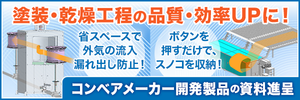1~28 item / All 28 items
Displayed results
Filter by category

Ion exchange resin
We offer a wide range of products to meet diverse needs. It is important to select the appropriate product for the intended application, even among the same type of ion exchange resin. We will recommend the optimal ion exchange resin based on the types of ions contained in the liquid to be treated, the volume of liquid, and the processing speed.
































